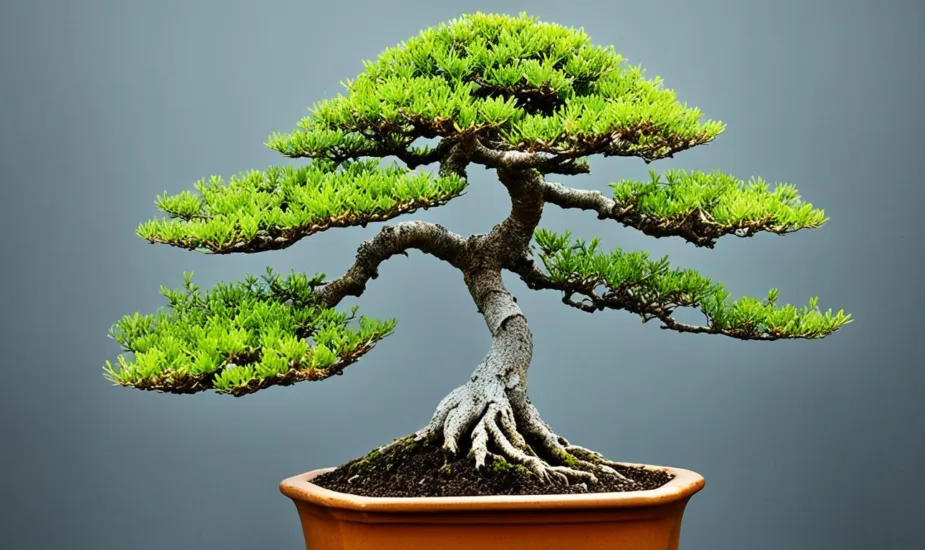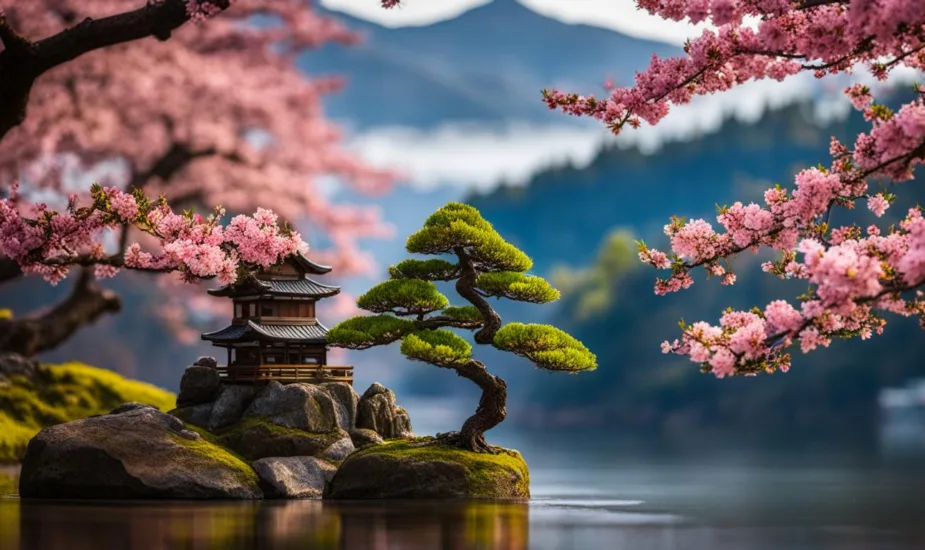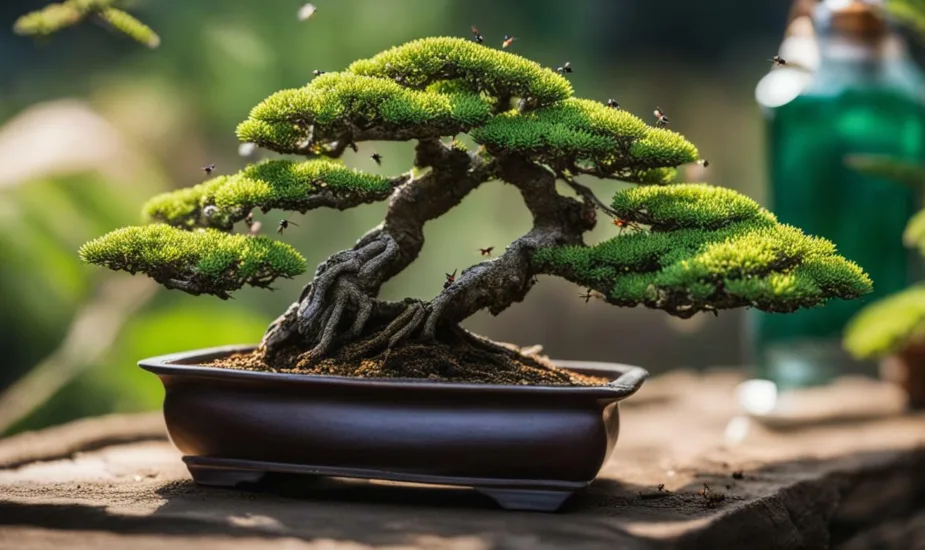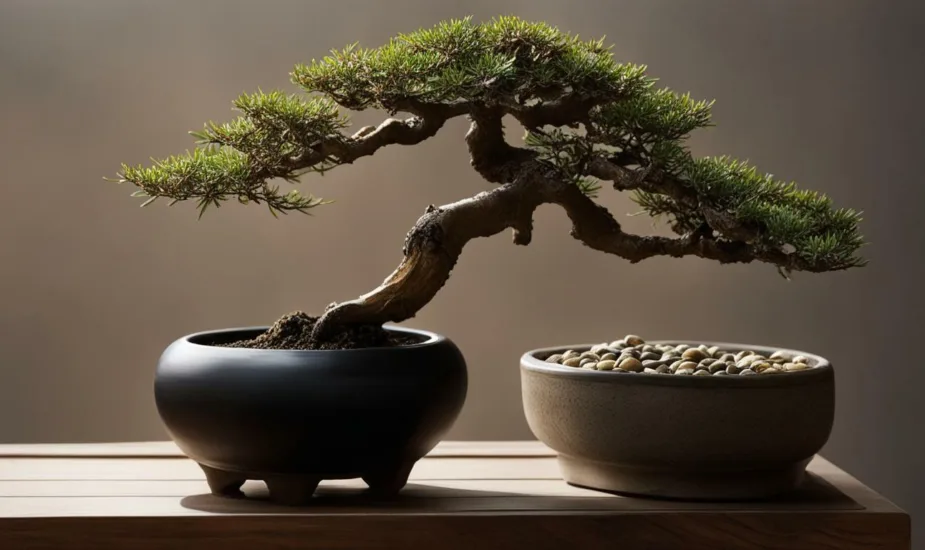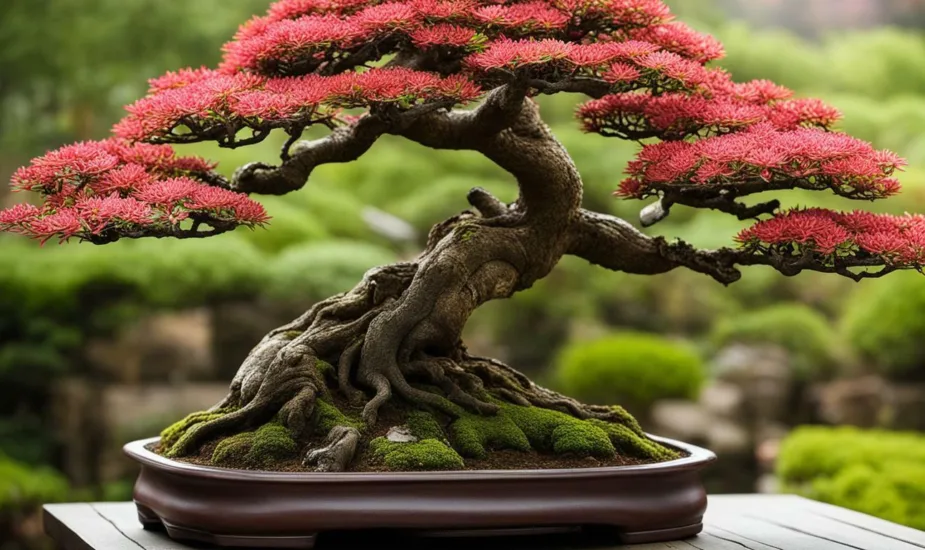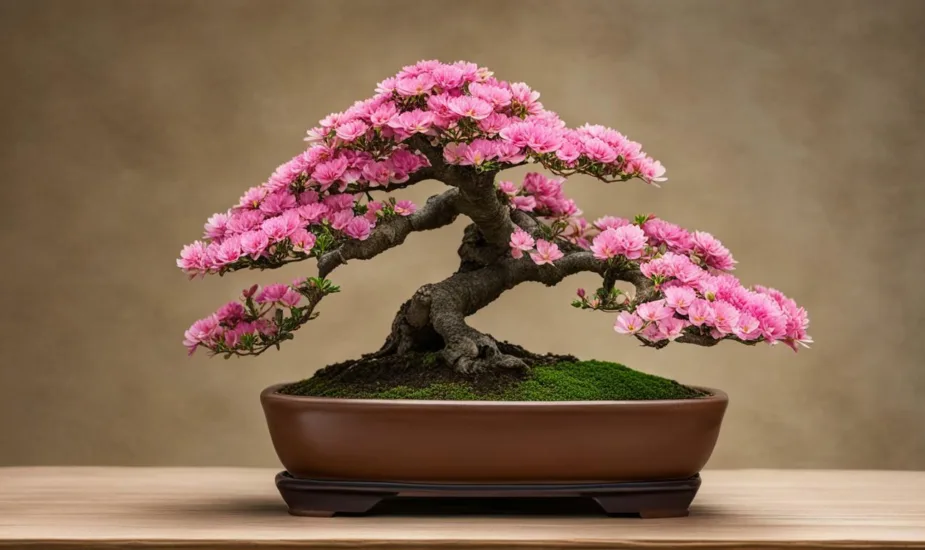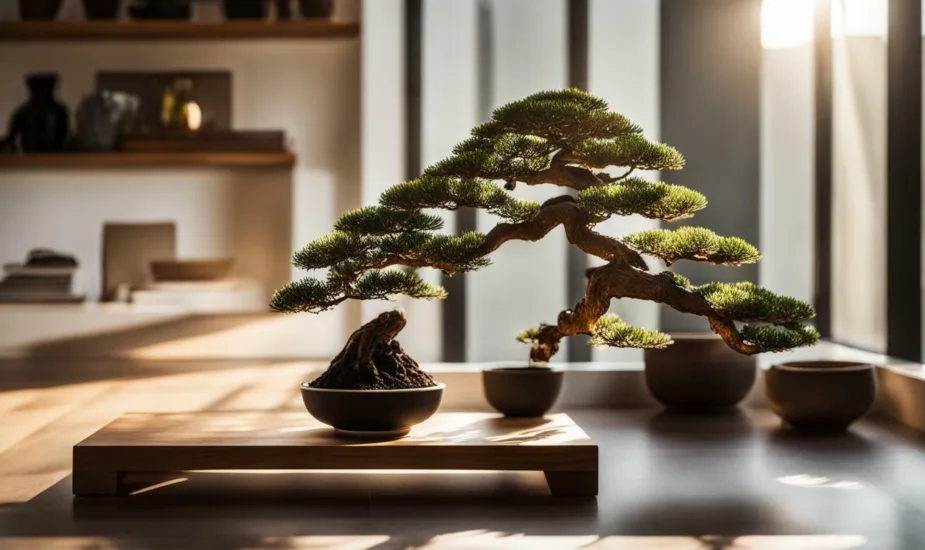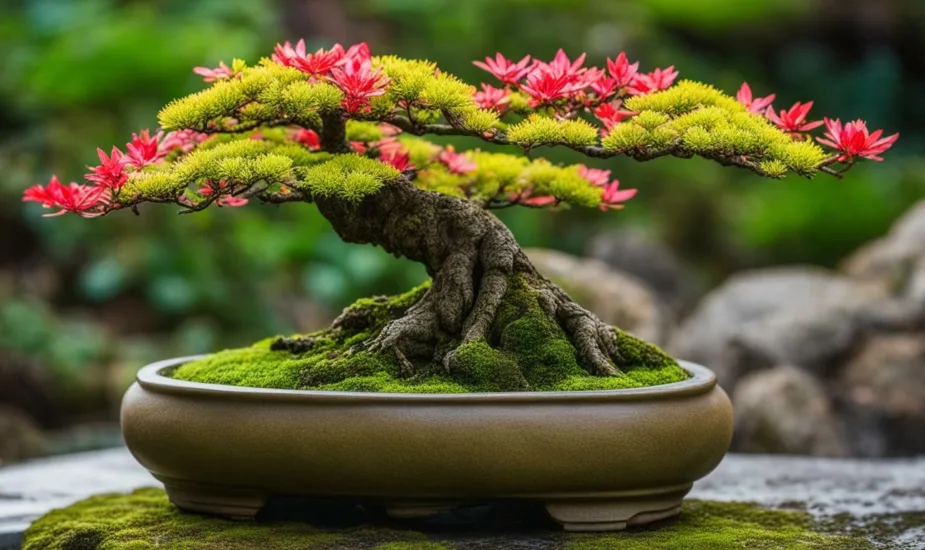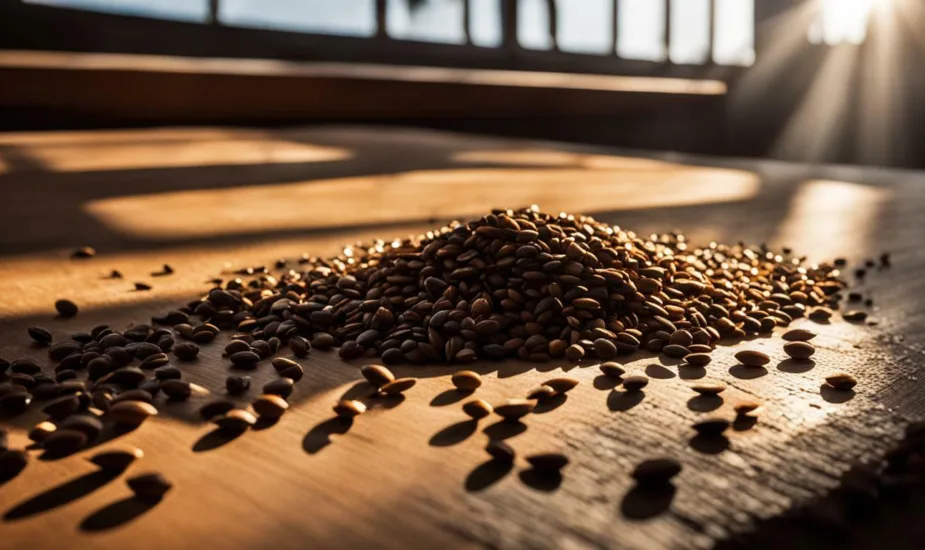Master the Art: How to Clean Bonsai Tools Effectively
Maintaining the cleanliness of your bonsai tools is essential for the overall well-being of your trees and can be achieved through effective cleaning techniques. Proper care and maintenance of your tools not only prevent the spread of infections and diseases but also ensure their longevity and optimal performance.

How to Clean Bonsai Tools Effectively for Beginners?
When it comes to cleaning bonsai tools, there are various methods available depending on the level of dirtiness and the type of tool. You can use a rag, soap and water, a sanding block eraser, special cleaning oils, or alcohol wipes or liquid alcohol. Each method has its advantages and disadvantages, and it’s important to choose the one that suits your needs best.
To prevent rust, it’s crucial to dry your tools thoroughly after cleaning. This step is especially important for maintaining the quality and lifespan of your bonsai tools. Additionally, using sharpening stones with different grits can help keep your tools sharp and remove any rust that may have formed.
After cleaning and sharpening, applying a thin layer of camellia oil can provide protection against oxidation. This helps preserve the quality of your tools and ensures they continue to perform optimally. Storing your bonsai tools in a suitable case not only helps keep them organized but also prevents damage and extends their lifespan.
By mastering the art of cleaning bonsai tools effectively and following proper care techniques, you can ensure that your tools remain in excellent condition and contribute to the health and beauty of your bonsai trees.
Understanding the Best Methods for Cleaning Bonsai Tools
To effectively clean and maintain your bonsai tools, it is crucial to understand the different cleaning methods available and choose the most suitable option based on your tools’ condition and type.
One common method is using a rag or cloth to wipe down the tools. This is a simple and cost-effective way to remove dirt and debris. However, it may not be sufficient for heavily soiled tools or those with stubborn residue.
Another option is using soap and water. This method provides a deeper clean and helps remove any contaminants or pathogens. Simply mix a mild soap with warm water and use a brush or sponge to scrub the tools. Rinse thoroughly and dry them completely before storing to prevent rust.
A sanding block eraser can be useful for removing rust and restoring the sharpness of cutting edges. Gently rub the eraser against the rusted areas until the rust is removed. This method is especially effective for pruning shears and scissors.
Special cleaning oils are recommended for certain types of tools, such as carbon steel or high carbon steel. These oils help to protect the tools and prevent oxidation. Apply a small amount of oil to a cloth and wipe down the tools, ensuring even coverage. Be sure to follow the manufacturer’s instructions for application and storage.
For a quick and convenient option, alcohol wipes or liquid alcohol can be used to sanitize and disinfect the tools. These are particularly effective for sterilizing tools between uses or when working with different trees. Simply wipe the tools with the alcohol-soaked cloth or dip them in liquid alcohol. Allow them to air dry before storing.

Summarizing the Best Methods for Cleaning Bonsai Tools:
- Use a rag or cloth for regular cleaning.
- Try soap and water for a deeper clean.
- Utilize a sanding block eraser to remove rust.
- Consider special cleaning oils for specific tool types.
- Use alcohol wipes or liquid alcohol for quick disinfection.
Remember to assess the level of dirtiness and the type of tool when choosing a cleaning method. Regular maintenance and proper cleaning will help keep your bonsai tools in excellent condition, ensuring optimal results in bonsai care.
Proper Care and Maintenance of Bonsai Tools for Longevity
By following proper care and maintenance practices, you can maximize the lifespan of your bonsai tools and keep them in excellent condition for years to come. After cleaning your tools using one of the methods mentioned earlier, it is essential to dry them thoroughly. Moisture can lead to rust, which can damage the tools over time. Whether you choose to air dry them or use a soft cloth, ensuring they are completely dry before storing them is crucial.
Sharpening your bonsai tools is another important aspect of maintenance. Using sharpening stones with various grits, you can restore the sharpness of your tools and remove any rust buildup. Different grits are used for different purposes, so make sure to select the appropriate one for the particular tool you’re sharpening.
After cleaning and sharpening, it’s recommended to apply a thin layer of camellia oil to your bonsai tools. This oil acts as a protective barrier, preventing oxidation and further rusting. Remember to wipe off any excess oil to avoid attracting dirt or dust.
To preserve the quality and prolong the lifespan of your bonsai tools, it’s advisable to store them in a suitable case. A case specifically designed for bonsai tools will not only protect them from external elements but also help keep them organized and easily accessible. This way, you can ensure that your tools are always in excellent condition when you need them.
FAQ
Why is it important to clean bonsai tools?
Cleaning bonsai tools is crucial for maintaining the health and longevity of your trees. It helps prevent the spread of infections and diseases between trees.
What are the best methods for cleaning bonsai tools?
There are various methods you can use to clean bonsai tools, such as using a rag, soap and water, a sanding block eraser, special cleaning oils, or alcohol wipes or liquid alcohol. The choice of method depends on the level of dirtiness and the type of tool.
How should I dry the bonsai tools after cleaning?
It is important to dry the tools thoroughly before storing them to prevent rust. Simply use a clean cloth or towel to dry them off completely.
Can I sharpen my bonsai tools?
Yes, sharpening stones can be used to sharpen the tools and remove rust. Different grits of stones are used for different purposes, so make sure to choose the appropriate one for your tools.
How can I protect my bonsai tools from oxidation?
After cleaning and sharpening, applying a thin layer of camellia oil can protect the tools from oxidation. This helps preserve their quality and longevity.
How should I store my bonsai tools?
Storing the tools in a suitable case can help preserve their quality and keep them organized. This protects them from damage and makes them easy to find when you need them.
 Little Garden Tips
Little Garden Tips




